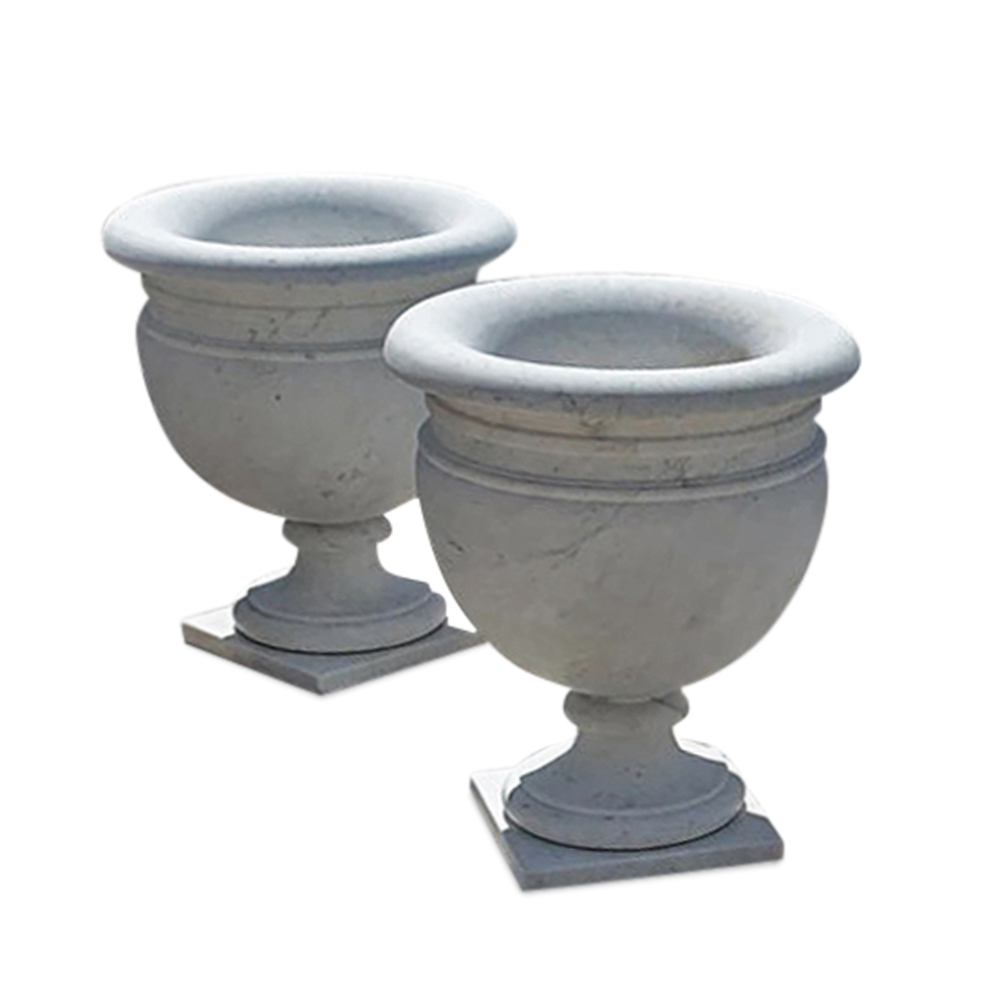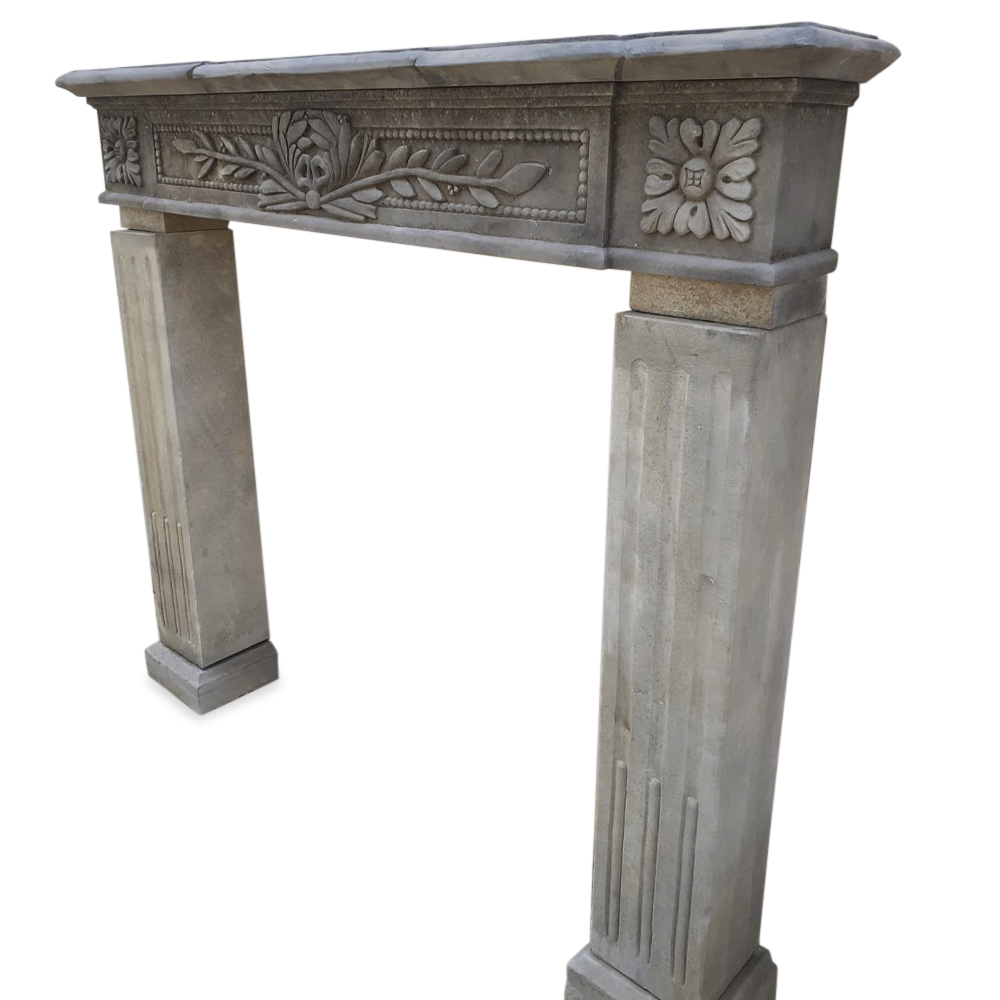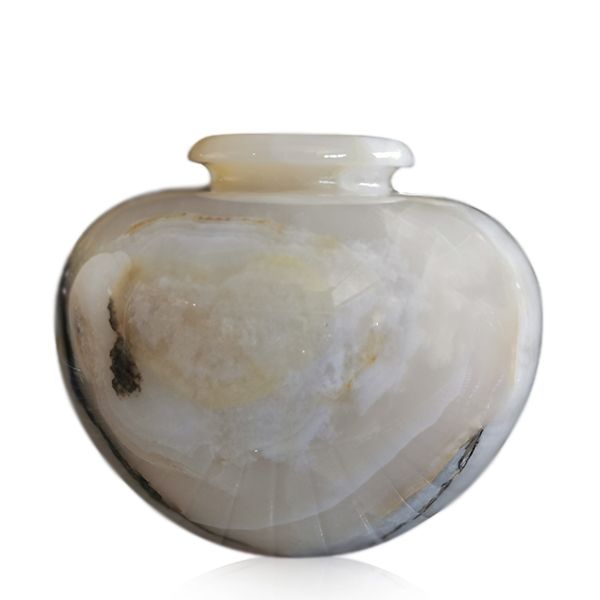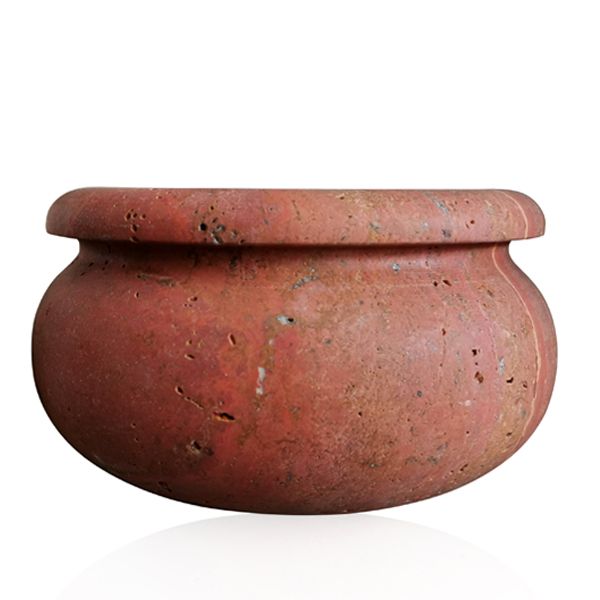-
×
 Travertine Table Sculpture Formichieri Family Set
1 × €29,30
Travertine Table Sculpture Formichieri Family Set
1 × €29,30 -
×
 Leather Table Lamp Ø 20cm
1 ×
Leather Table Lamp Ø 20cm
1 ×€77,00€38,50 -
×
 Italian White Marble Cheese Knife
1 × €15,90
Italian White Marble Cheese Knife
1 × €15,90 -
×
 White Carrara Marble Pair of Large Vases
2 × €2.950,00
White Carrara Marble Pair of Large Vases
2 × €2.950,00 -
×
 Pair of Bardiglio Marble Columns H 93cm
1 × €1.920,00
Pair of Bardiglio Marble Columns H 93cm
1 × €1.920,00 -
×
 White Carrara marble Fireplace
2 × €4.900,00
White Carrara marble Fireplace
2 × €4.900,00 -
×
 Fireplace Frame in Antique Leccese Stone Carved by Hand
2 × €4.900,00
Fireplace Frame in Antique Leccese Stone Carved by Hand
2 × €4.900,00 -
×
 Pair of Black Aquitaine Marble Obelisks H 56 cm
1 × €520,00
Pair of Black Aquitaine Marble Obelisks H 56 cm
1 × €520,00 -
×
 Natural Onyx Design Vase Flower Stand
1 × €460,00
Natural Onyx Design Vase Flower Stand
1 × €460,00 -
×
 Red travertine marble Bowl Gift Idea
1 × €93,00
Red travertine marble Bowl Gift Idea
1 × €93,00
Carved Mortar with Pestle in White Carrara Marble Ø 10cm
€30,00
Functional and refined mortar made of white Carrara marble, a rare and fascinating material. Diameter 10cm, height 8cm. The mortarboard adds character and style to any room. White Carrara marble is known for its rich veining and unique details. Perfect for grinding spices and uses in the kitchen, it is also an ideal piece of furniture to add a touch...
Leggi tutto

 Italiano
Italiano

 Travertine Table Sculpture Formichieri Family Set
Travertine Table Sculpture Formichieri Family Set  Leather Table Lamp Ø 20cm
Leather Table Lamp Ø 20cm  Italian White Marble Cheese Knife
Italian White Marble Cheese Knife  White Carrara Marble Pair of Large Vases
White Carrara Marble Pair of Large Vases  Pair of Bardiglio Marble Columns H 93cm
Pair of Bardiglio Marble Columns H 93cm  White Carrara marble Fireplace
White Carrara marble Fireplace  Fireplace Frame in Antique Leccese Stone Carved by Hand
Fireplace Frame in Antique Leccese Stone Carved by Hand  Pair of Black Aquitaine Marble Obelisks H 56 cm
Pair of Black Aquitaine Marble Obelisks H 56 cm  Natural Onyx Design Vase Flower Stand
Natural Onyx Design Vase Flower Stand  Red travertine marble Bowl Gift Idea
Red travertine marble Bowl Gift Idea 


